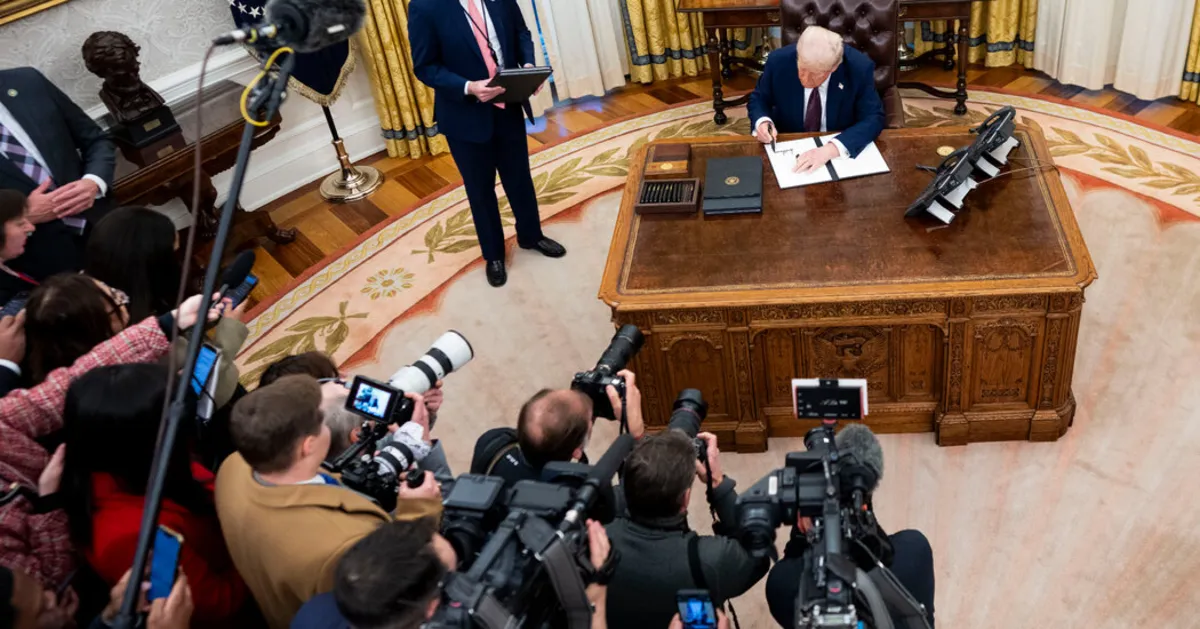
A federal judge in Washington has ruled against the White House’s attempts to limit coverage by The Associated Press (AP), siding with the wire service in a case that highlights ongoing tensions between the Trump administration and the independent media. This ruling underscores significant concerns regarding the role of the news media in shaping public opinion and the implications of the president’s efforts to control media narratives.
In a decisive opinion, Judge Trevor N. McFadden of the Federal District Court for the District of Washington ordered the Trump administration to “immediately rescind their viewpoint-based denial” of The Associated Press from the White House press corps. The judge emphasized that the government's characterization of the AP's request as a demand for “extra special access” was misleading. “All the AP wants, and all it gets, is a level playing field,” he stated, reinforcing the idea that media outlets should have equal opportunities to cover presidential activities.
This ruling comes in response to a lawsuit filed by The Associated Press in February, which sought to restore its access to smaller press events at the White House. The Trump administration had barred the AP from participating in the press pool, which includes a rotating group of reporters responsible for covering the president’s daily activities. Additionally, the administration prevented the AP from covering the president in more intimate settings such as the Oval Office and on Air Force One.
Central to this case is whether the White House’s actions constitute a suppression of the AP's free speech rights and whether they represent a form of prejudice against the wire service. The administration justified its actions by citing the AP's refusal to adopt its renaming of the Gulf of Mexico to the Gulf of America. This situation raises critical questions about the balance of power between the government and the media and the potential consequences for public access to information.
As one of the world’s leading wire services, The Associated Press plays a crucial role in disseminating news. The AP distributes articles, photographs, and videos to over 3,000 U.S. news outlets and 900 international platforms. The White House has claimed that its intent was not to discriminate against the AP specifically, but rather to limit the number of journalists attending smaller events in the West Wing and traveling with President Trump on Air Force One.
Press Secretary Karoline Leavitt has stated that the administration's moves are designed to expand access, aiming to include smaller digital publications alongside traditional legacy media outlets that have historically dominated the press corps. This shift raises further questions about how media access is determined and the criteria used to include or exclude specific outlets.
In conclusion, this ruling is a pivotal moment for press freedom and the role of independent media in democratic society. The implications of Judge McFadden’s decision will likely resonate beyond the current administration, influencing how future governments interact with the press and shaping the landscape of media access in the United States.